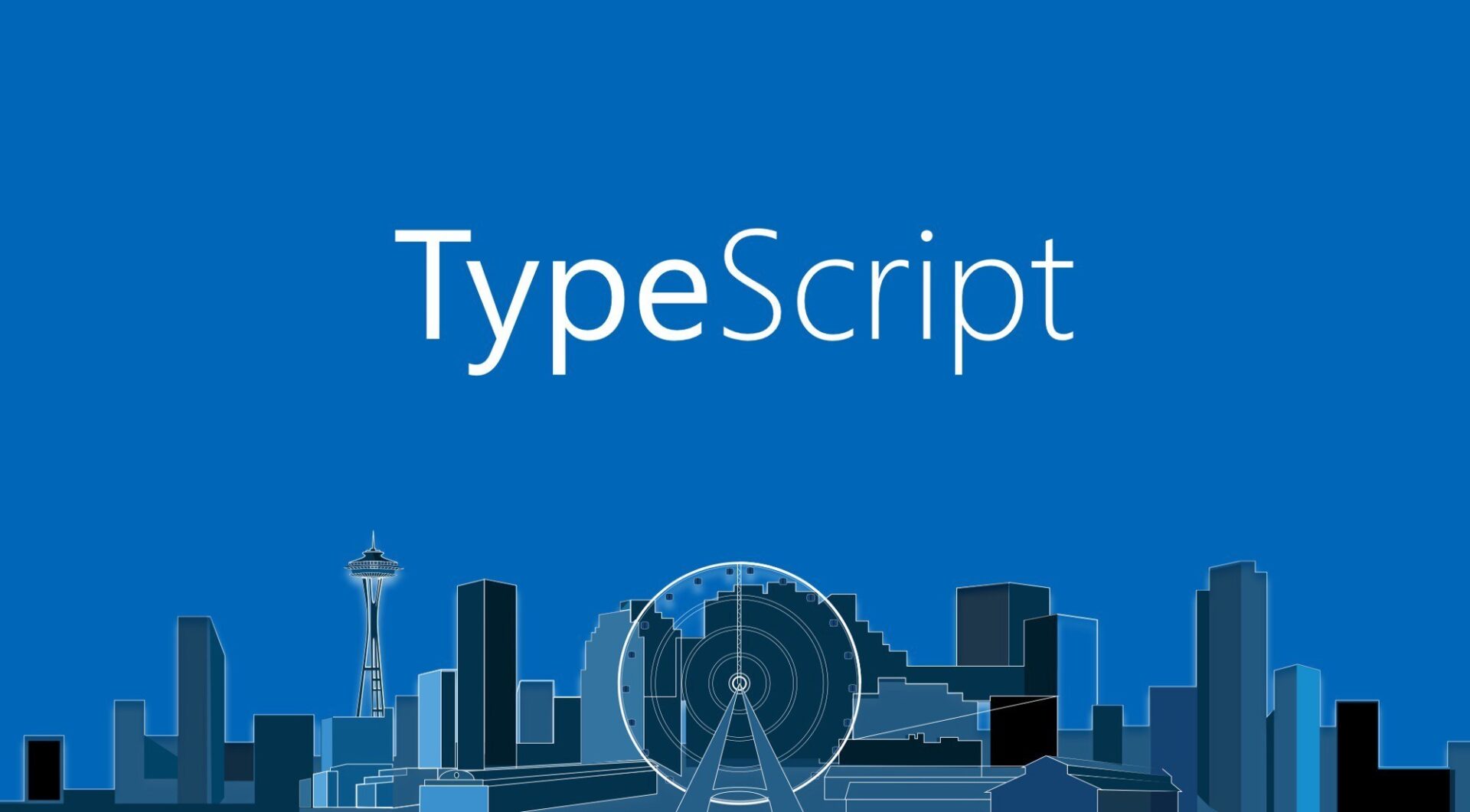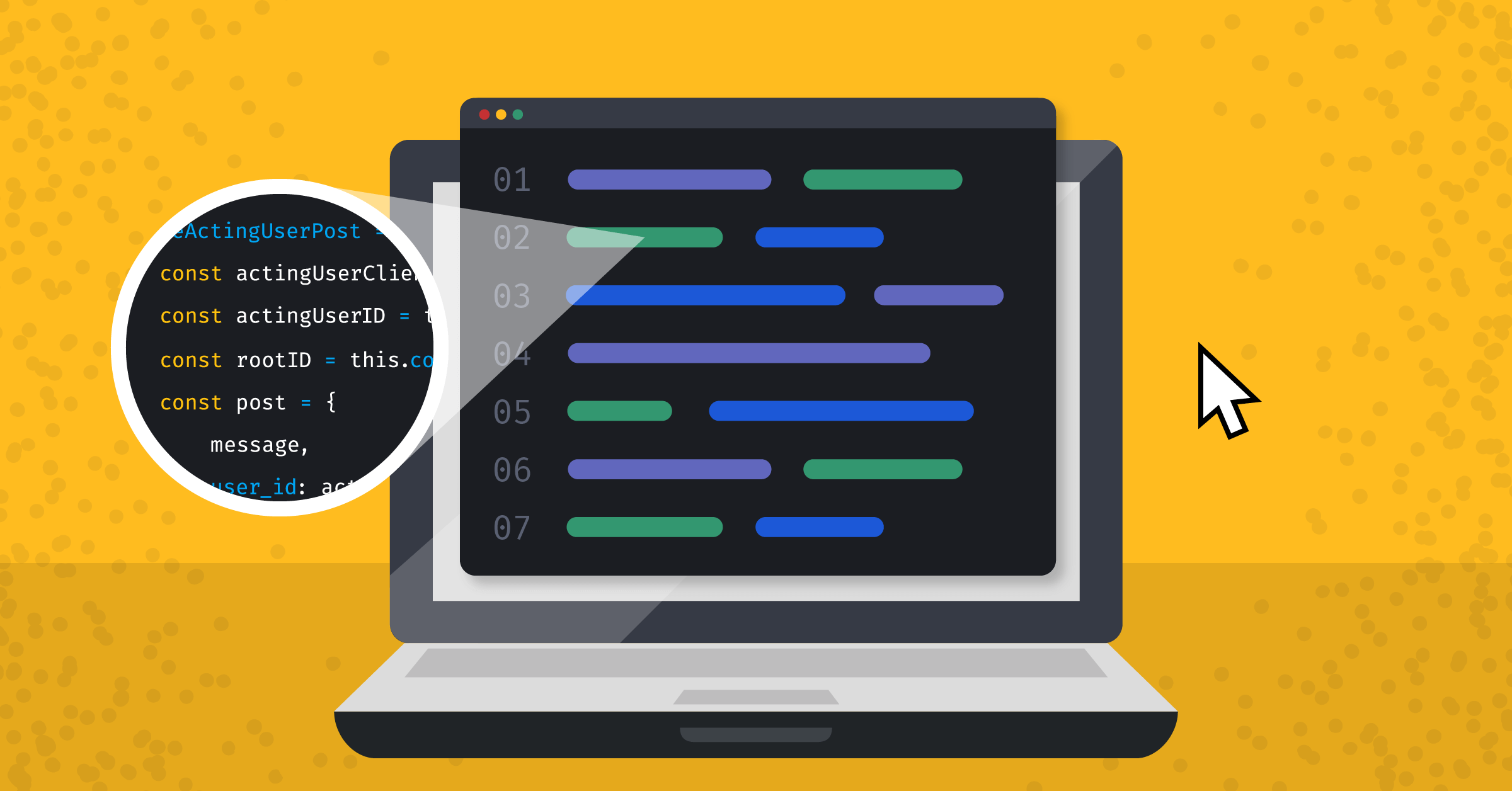
5 Reasons Why You Should Learn Typescript
Do you like the idea of writing code that is easier to read and troubleshoot? Are you looking for a programming language that can help you take your development skills to the next level? Typescript might just be the answer! In this blog, we’ll discuss five reasons why learning it is a great idea. Let’s get started and see what this incredible language can do for you!
Why Typescript is gaining popularity

It is a strict syntactical superset of JavaScript, so any existing JavaScript code is also a valid Typescript code. It is an open source language that allows developers to write code using some of the newest features from ES6 (ECMAScript 6) and beyond. This means that you can use it to write programs with high levels of complexity without having to consider the browser compatibility issue.
Typescript is gaining popularity for several reasons:
- It offers support for many modern standards such as classes, modules and decorators;
- It eliminates errors in an application before running it by catching basic mistakes in typing;
- It integrates well with other libraries;
- Types provide better documentation than Javascipt alone; and
- The development environment can detect errors in real-time by analyzing types and provides helpful hints on how to resolve them quickly.
In addition, since it has a large and active community of contributors, there are many online tutorials available which makes learning the language easier for beginners and experienced developers alike.
How Typescript can help you

It is rapidly becoming a popular choice for developers who want to build large-scale applications. It makes coding easier and provides additional benefits that make it attractive to developers of all skill levels. Here are five reasons why you should learn Typescript:
- Increase your productivity: His static typing allows for faster development with fewer errors and improved maintainability by ensuring your code remains consistent with the data types you are using across the project.
- Easier refactoring: Refactoring code is often difficult in dynamic languages because small changes can have a far-reaching effect on other parts of the system, which can lead to time consuming debugging sessions caused by typos or confusing variable names. With Typescript, refactoring is made much easier since code errors are caught at compile time rather than when running the program at runtime.
- Increased readability and understandability: The static typing of this programming language makes variables and functions self-documenting and easy to read, making your codebases much more readable and understandable, allowing members of your team or even outside viewers to quickly see what they are looking at and how it works together with other components in the system.
- Get started quickly: Typescript offers built-in type annotations for common JavaScript patterns like objects, arrays, maps and sets which help new developers get up to speed more quickly than trying to figure out type systems from scratch each time they learn something new about the language.
- Tooling support: There are numerous tools available for working with Typescript such as linters that help enforce coding conventions, debuggers that make finding errors quicker, transpilers that convert Typescript into other languages such as JavaScript or Java and many more helpful tools which allow you to be more productive while using this language.
Conclusion
In conclusion, Typescript is a great programming language that’s easy to learn and offers many advantages over JavaScript. It’s well-supported by the development community and it provides static typing and extra features that make it easier to build large applications. All this makes it perfect for both beginner and experienced web developers alike, so don’t wait any longer – get started learning Typescript today!
